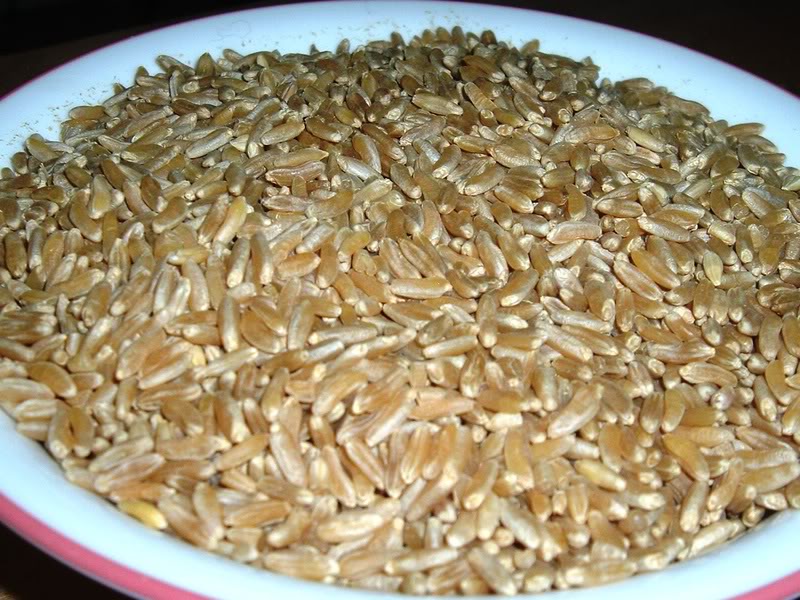How to Cook with Kamut Grain

Kamut, also known as Khorasan wheat, is a nutritious unmodified grain which is twice the size of a modern-day wheat kernel and is known for its pleasing honey-like flavour. Kamut grains have higher amount of proteins and dietary fibres than many other species of edible grains. Since Kamut is a large grain, it requires more time to soften than any other wheat kernels and is ideal for slow cookers. However, once tender, you can use these healthy grains for making pilaffs, multigrain main course meals, soups and salads.
Instructions
-
1
Kamut Flakes
To make kamut flakes, simply heat the whole grains and press them flat with a slotted spoon or spatula. Now add two parts water to one part kamut flakes and bring to a boil. Allow them to simmer over medium low heat for 15 to 20 minutes and then remove from the heat. Stir the cooked flakes thoroughly, add warm milk and serve. -
2
Kamut flour
Kamut flour is more coarse than wheat flour and resembles corn meal. You can use it instead of all-purpose flour in different baking recipes to give them a sweet, nutty and buttery flavour. You can use it alone in many baked goods as well, but at times it is recommended to combine it with wheat, barley or oat flour. -
3
Kamut pilaf
Kamut grains can also be used to make pilaffs. Sauté kamut grains in a small amount of extra virgin olive oil or butter and then boil them in water or broth. Sautéing the kernels in butter or oil increases their nutty flavour. You can also add seasonings of your choice to the pilaf to make it more tasty. -
4
Salads
You can also use Kamut grains to make cold salads. Combine cooked grains with toasted nuts, dried fruit and other grains. Add some fresh chopped vegetables, toss with some homemade dressing, olive oil or lemon juice and serve cold. -
5
Soups and casseroles
Cooked Kamut grains can be used to enhance the taste of traditional soups and casseroles. They are two to three times larger and chewier than whole wheat kernels.





